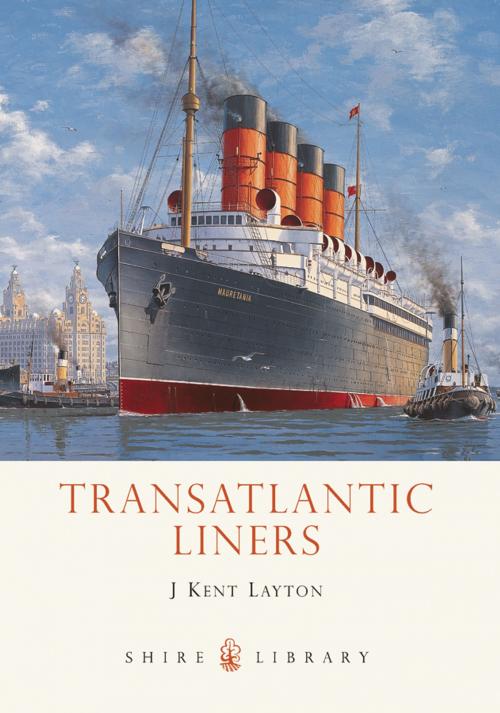| Author: | J. Kent Layton | ISBN: | 9781782000983 |
| Publisher: | Bloomsbury Publishing | Publication: | July 20, 2012 |
| Imprint: | Shire Publications | Language: | English |
| Author: | J. Kent Layton |
| ISBN: | 9781782000983 |
| Publisher: | Bloomsbury Publishing |
| Publication: | July 20, 2012 |
| Imprint: | Shire Publications |
| Language: | English |
Since the end of the nineteenth century there has been a stunning succession of transatlantic liners, from the White Star Line's Oceanic of 1899 to the Cunard Line's Queen Mary 2 of 2004. These floating palaces often contained luxurious staterooms, ballrooms and lounges for the rich, and noticeably more modest and basic accommodation for poorer travellers. Their designs and powerplants were often cutting-edge as each competed to be the largest, most luxurious and fastest ship on the Atlantic. As the tides of passenger demand rose and fell through the years and the world plunged twice into global conflict, these ships had to adapt to survive. Many of these vessels – including Mauretania, Olympic, the first Queen Mary and France – had long and glorious careers; others – Titanic, Lusitania and Normandie among them – suffered tragic endings. J. Kent Layton describes the heyday of the superliners and explains what life was like for passengers, both rich and poor.
Since the end of the nineteenth century there has been a stunning succession of transatlantic liners, from the White Star Line's Oceanic of 1899 to the Cunard Line's Queen Mary 2 of 2004. These floating palaces often contained luxurious staterooms, ballrooms and lounges for the rich, and noticeably more modest and basic accommodation for poorer travellers. Their designs and powerplants were often cutting-edge as each competed to be the largest, most luxurious and fastest ship on the Atlantic. As the tides of passenger demand rose and fell through the years and the world plunged twice into global conflict, these ships had to adapt to survive. Many of these vessels – including Mauretania, Olympic, the first Queen Mary and France – had long and glorious careers; others – Titanic, Lusitania and Normandie among them – suffered tragic endings. J. Kent Layton describes the heyday of the superliners and explains what life was like for passengers, both rich and poor.















